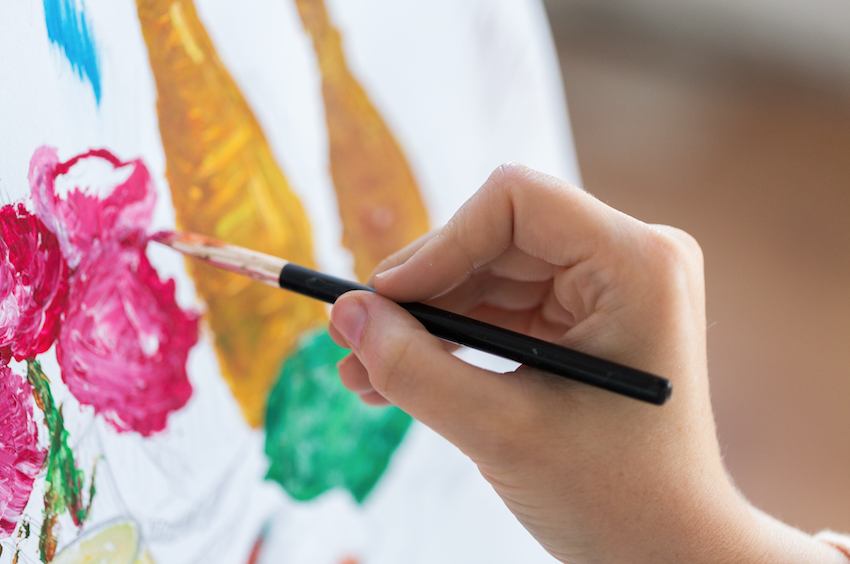In today’s fast-paced world, stress has become an almost inevitable part of our lives. However, there are numerous ways to manage and alleviate stress, and one highly effective and accessible method is through drawing. Engaging in art as a form of stress relief has been recognized for its therapeutic benefits for centuries. In this guide, we will explore how drawing can be a powerful tool for stress relief and provide tips on how to get started.
The Therapeutic Benefits of Drawing
- Mindful Focus: Drawing requires your full attention. When you immerse yourself in the creative process, you temporarily let go of stressors and distractions, allowing your mind to focus on the task at hand.
- Expression of Emotions: Art is a powerful medium for expressing emotions that may be difficult to put into words. Whether you’re feeling anxious, angry, or sad, drawing can help you externalize and process these feelings in a healthy way.
- Reduction in Cortisol Levels: Engaging in creative activities like drawing has been shown to reduce the production of cortisol, the stress hormone. Lower cortisol levels can lead to a greater sense of calm and relaxation.
- Increased Self-Esteem: Completing a drawing and seeing the tangible results of your efforts can boost self-esteem and confidence. This sense of accomplishment can counteract the negative effects of stress.
- Stress Reduction Through Flow: Drawing often induces a state of flow, where you lose track of time and become fully absorbed in the process. This meditative state can significantly reduce stress and anxiety.
Tips for Using Drawing to Relieve Stress
- Start with Basic Supplies: You don’t need fancy art supplies to get started. A simple pencil and paper are sufficient. As you become more comfortable, you can explore different materials like colored pencils, markers, or watercolors.
- Choose a Relaxing Environment: Find a quiet, comfortable space where you can draw without interruptions. Consider playing soothing background music if it helps you relax.
- Mindful Breathing: Begin your drawing session with a few minutes of mindful breathing. Inhale deeply, hold and exhale slowly to center yourself and reduce stress.
- Focus on the Process, Not the Outcome: Release any expectations about the final result. The goal is not to create a masterpiece but to enjoy the act of drawing. Embrace imperfections and let your creativity flow.
- Experiment with Different Styles: Try different drawing styles, such as doodling, sketching, or abstract art. Experimenting with various techniques can keep the process fresh and exciting.
- Explore Guided Art Therapy: Consider guided art therapy sessions or online tutorials that provide structure and guidance for your drawing practice.
- Draw What You Feel: Don’t be afraid to let your emotions guide your drawing. If you’re feeling stressed, draw what stress looks like to you. This can be a therapeutic way to process and release pent-up emotions.
- Keep a Stress Journal: Maintain a stress journal where you document your feelings through drawings. Over time, this can help you track your emotional patterns and identify stress triggers.
- Practice Regularly: Consistency is key to reaping the full benefits of drawing for stress relief. Set aside dedicated time for your drawing practice, even if it’s just a few minutes a day.
- Share Your Art: If you’re comfortable, consider sharing your drawings with friends or joining an art community. Sharing your work can foster a sense of connection and provide valuable feedback.
Conclusion
Drawing is a versatile and accessible tool for stress relief that can be enjoyed by individuals of all skill levels. It offers a creative outlet to express emotions, reduce cortisol levels, and promote a sense of calm and mindfulness. By incorporating drawing into your self-care routine and embracing the therapeutic power of art, you can effectively manage and alleviate stress, ultimately leading to improved mental well-being. So, pick up a pencil and paper and let your creativity flow as you embark on a journey of stress relief through drawing.

